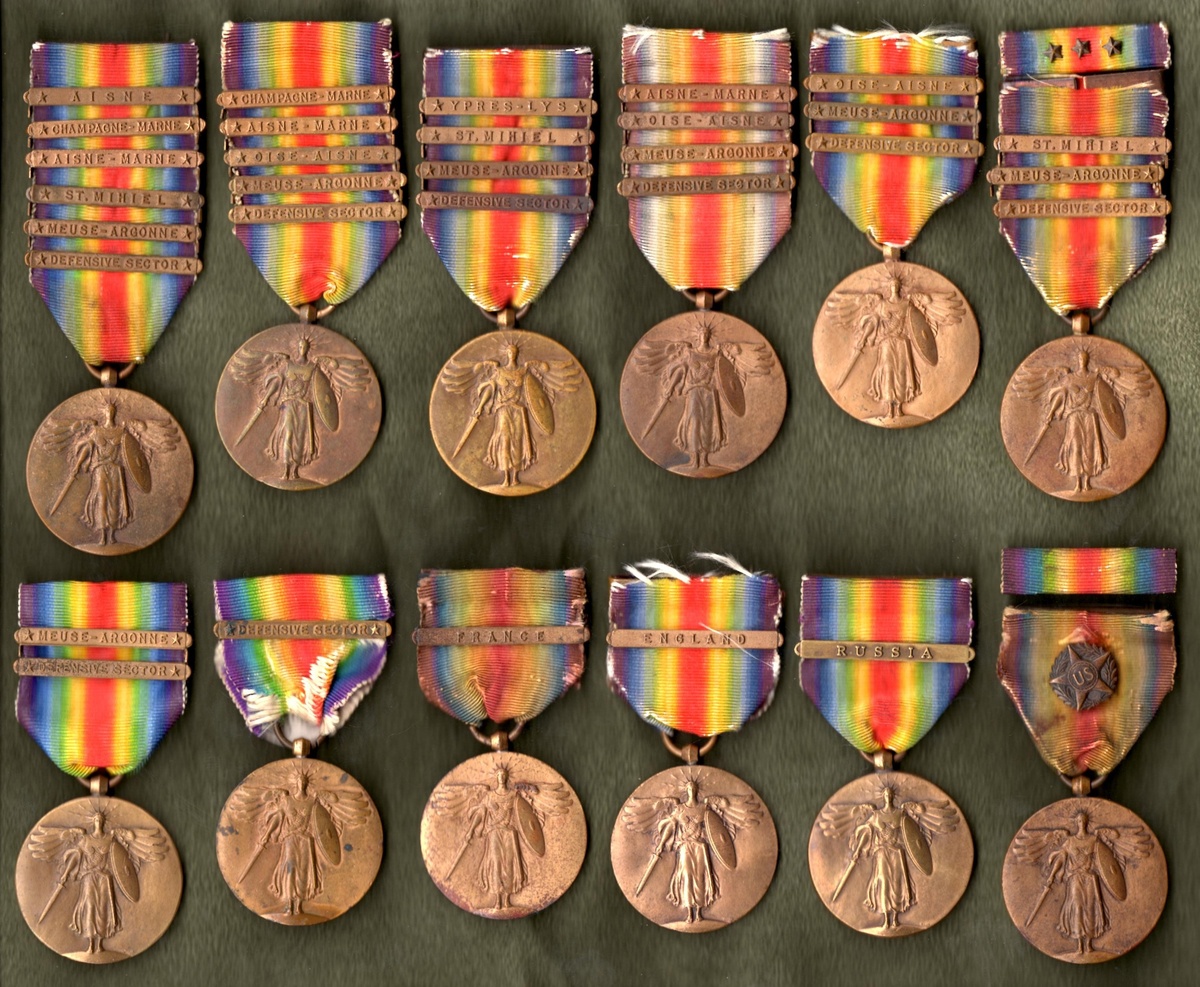
You’ve decided it’s time to move and in preparation you’re going through 30 years of accumulated memories deciding what to keep and what you are ready to part with. Then you come across your great-grandfather's medal collection dating from his service in WW1. Your mother passed the collection on to you, and now you don’t know what to do with them. Then it hits you—donate the collection to a museum! So you call your local history museum and offer the medals...but they turn you down. Why?! These are exceptional medals in great condition. How could a history museum not want them?
First of all, please remember that while museums rely on donations as a means to grow their collections, they are not obligated to accept everything offered to them. Items donated to and accessioned by a museum become part of their permanent collection and from that time on are held in what is called “public trust.”
Public trust is the principle that cultural and historical resources are preserved for the benefit of the public so they are available for study, education, and enjoyment. Museums are legally and ethically accountable for the proper care and preservation of these collections and therefore only accept and accession items after thoughtful deliberation and consideration. Also remember that most museums only exhibit an average of 2% of their permanent collection, so the remainder of their collections are in storage.
Now back to your great-grandfather's medals. Why didn’t your local history museum want them? Museums all have a Collections Management Policy which outlines the rules and regulations they follow in order to properly care for their collections. These policies adhere to the current professional standards that all museums follow and include the criteria for what they do and do not collect. When you offered the medals to the museum, they would have reviewed that policy to determine if they should accept the medals.
The first step a museum takes is to ensure that a donation is related to their mission statement. The mission statement states what the museum does, for whom, and why. Do these medals fit in the museum's mission? Do they collect militaria from World War 1? Perhaps they only collect militaria from people who lived in their region—did your great-grandfather live in the area? Are your medals useful for exhibition or research purposes? Museums will also look at other related items in their collection. Are these medals unique or rare? Do they have many other WW1 medals in their collection that are in better condition?
Museums also check to make sure they have the resources to properly house and care for all items that come into their possession. Yes, medals are small and don’t take up much space, but they still require care. A small object takes just as long to document and catalog as a large one, so think about the staff time and space it would take if the museum accepted all gifts that came to them.
Lastly, museums are more likely to collect items that have a story. Do you have a photo of your great-grandfather taken during the war? Or photos of him with his medal? Include an anecdote about your great-grandfather and copies of the photos when you propose the gift. If they still say no, do a little research and look for museums that specifically collect these types of items.
This information applies to all sorts of gifts to museum collections. Perhaps you are an avid collector of 1940’s kitchenware but you’re downsizing and need to part ways with these vintage items. You can offer the lot, but the museum may only have the desire and means to accept the three most rare items. Or they may accept all of them as an “unrestricted gift” but only accession one, and ask if they can sell the remainder at their annual auction in order to benefit their collection. These are all options to consider.
At the end of the day, an item may mean the world to you and your family but have less meaning or uniqueness to the rest of the world. However, this does not diminish its worth. You can always keep the item, hand it down to another family member, or spend more time doing research on other organizations that may be interested. Understanding why (or why not) a museum accepts donations into their collections is key when you are considering donating your family heirlooms or collections. As always, if you are hoping for a tax deduction for your items, remember to talk to your accountant or tax specialist to confirm the tax code for your state.
Visit our MasterIt Resources page for a more in-depth discussion of the museum accessioning process.




.png)